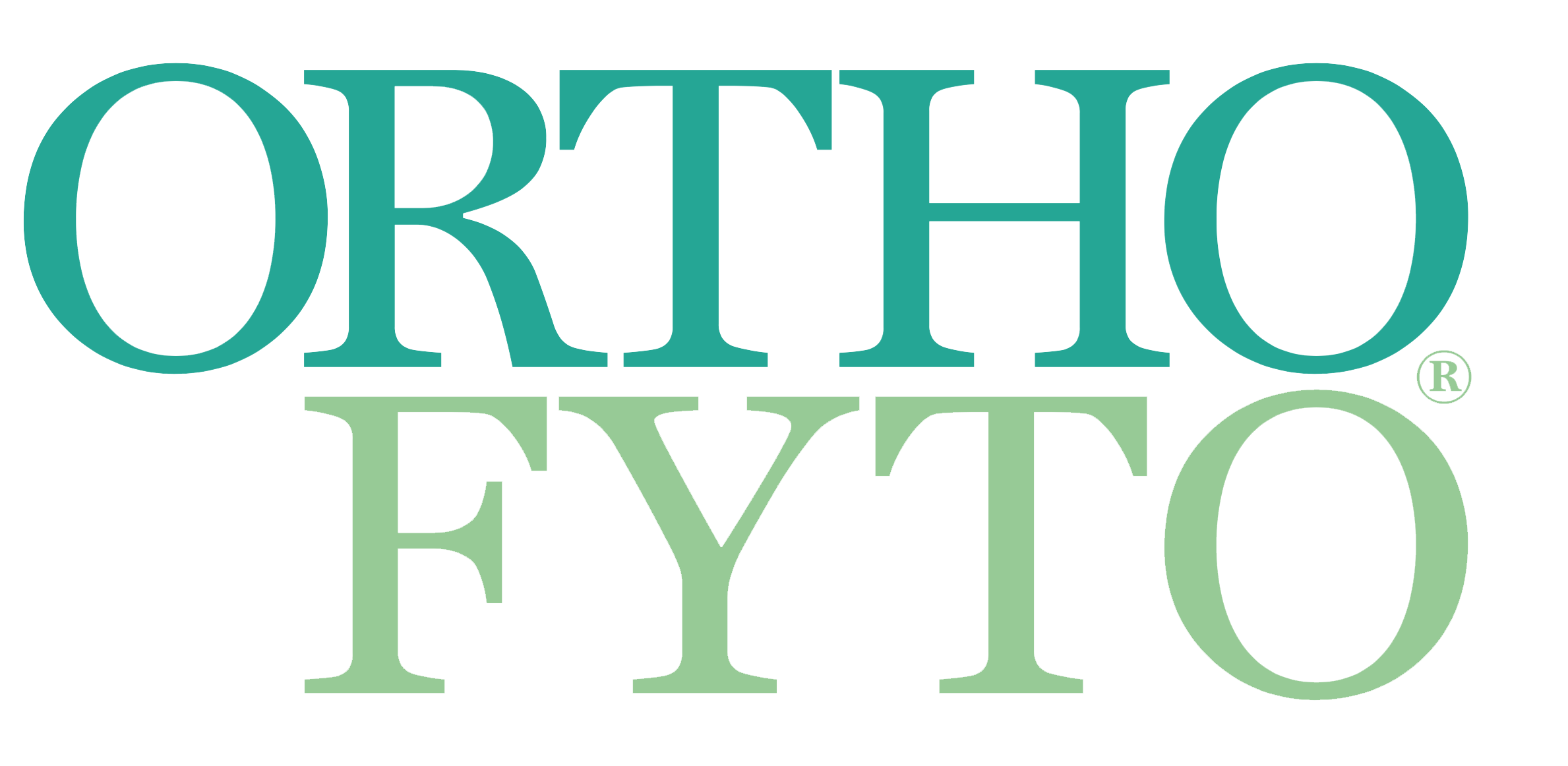Lavas essentiële olie bij psoriasis
11 Oct, 2022
Door Geert De Vuyst
Onder de opmerkelijke noemer ‘antipsoriatisch’ wordt in de aromatherapie-literatuur een reeks eigenschappen van essentiële oliën geschaard die mogelijk ondersteuning bieden bij psoriasis: ontstekingsremmend, antiseptisch en wond helend. Lavas (Levisticum officinale), een meerjarige tweezaadlobbige plant uit de schermbloemenfamilie, is in die context vaak geciteerd.1
Lavas is gekend als een aromatisch kruid waarvan het blad en de stengel een selderij-achtige smaak hebben. Afkooksels en hydro-ethanol extracten van het blad en de stengel bevatten onder meer macronutriënten zoals koolhydraten, eiwitten en lipiden en organische zuren, waaronder voornamelijk de meervoudig onverzadigde vetzuren omega 3 en omega 6.1 De essentiële olie (EO) wordt bekomen door stoomdistillatie van de wortel en bevat hoofdzakelijk ftaliden (64-80%) en monoterpenen.2
De wortel bevat tevens furocoumarinen, een klasse van de coumarinen, waaronder psoraleen en bergapteen (chloroform-extractie met vloeistofchromatografie, High-performance liquid chromatography (HPLC) en massaspectrometrie (Mass spectrometry, MS).3
Furocoumarinen zijn wellicht het best gekend als bestanddelen van bergamot-extract, bekomen door koude persing van de schil van Citrus bergamia of C. aurantium subsp. bergamia dat onder meer bergaptol, bergapteen en bergamottine bevat. Aan coumarinen wordt een waaier aan eigenschappen toegeschreven, waaronder kankerwerend, antimicrobieel, antioxidant, ontstekingsremmend en kwaliteiten die een rol spelen bij neurodegeneratieve ziekten.4 De werking blijkt echter sterk type-afhankelijk en niet alle coumarinen kunnen over één kam geschoren worden.5 Furocoumarinen worden gebruikt bij de behandeling van psoriasis.6 De rol van psoraleen is, in het kader van een psoriasisbehandeling, het remmen van de overmatige celdeling in de huid.
Lees het gehele artikel vanaf pagina 34 in OrthoFyto 5/22.
Wilt u het gehele artikel als PDF bestand ontvangen? Bestel het dan hier voor € 3,50.
Bronvermelding
1. Spréa, R. M., Fernandes, Â., Calhelha, R. C., Pereira, C., Pires, T., Alves, M. J., Canan, C., Barros, L., Amaral, J. S., & Ferreira, I. (2020). Chemical and bioactive characterization of the aromatic plant Levisticum officinale W.D.J. Koch: a comprehensive study. Food & function, 11(2), 1292–1303.
2. Raal, A., Arak, E., Orav, A., Kailas, T., & Müürisepp, M. (2008). Composition of the Essential Oil of Levisticum officinale W.D.J. Koch from Some European Countries. Journal of Essential Oil Research, 20(4), 318–322.
3. Paszkiewicz, M., Orlita, A., Dziabas, A. et al. Simplex Optimized LC Analysis of Plant Coumarins and Furanocoumarins. Chromatographia, 67, 653–657 (2008).
4. Carneiro, A., Matos, M. J., Uriarte, E., & Santana, L. (2021). Trending Topics on Coumarin and Its Derivatives in 2020. Molecules (Basel, Switzerland), 26(2), 501.
5. Stefanachi, A., Leonetti, F., Pisani, L., Catto, M., & Carotti, A. (2018). Coumarin: A Natural, Privileged and Versatile Scaffold for Bioactive Compounds. Molecules (Basel, Switzerland), 23(2), 250.
6. Bruni, R., Barreca, D., Protti, M., Brighenti, V., Righetti, L., Anceschi, L., Mercolini, L., Benvenuti, S., Gattuso, G., & Pellati, F. (2019). Botanical Sources, Chemistry, Analysis, and Biological Activity of Furanocoumarins of Pharmaceutical Interest. Molecules (Basel, Switzerland), 24(11), 2163.
7. Committee on Herbal Medicinal Products (HMPC) (2012). Assessment report on Levisticum officinale Koch, radix. (EMA/HMPC/524623/2011). 20 November 2012.
8. Europa (1223/2009). (2009). Verordening (EG) nr. 1223/2009 van het Europees Parlement en de Raad van 30 november 2009 betreffende cosmetische producten. Publicatieblad van de Europese Unie.
9. Federatie Medisch Specialisten. (2018, 11 30). Lichttherapie bij psoriasis. Opgehaald van Federatie Medisch Specialisten.
10. Desmortreux, C., Rothaupt, M., West, C., & Lesellier, E. (2009). Improved separation of furocoumarins of essential oils by supercritical fluid chromatography. Journal of chromatography. A, 1216(42), 7088–7095.
11. Woźniak, Ł., Połaska, M., Marszałek, K., & Skąpska, S. (2020). Photosensitizing Furocoumarins: Content in Plant Matrices and Kinetics of Supercritical Carbon Dioxide Extraction. Molecules (Basel, Switzerland), 25(17), 3805.
12. Samuelson, R., Lobl, M., Higgins, S., Clarey, D., & Wysong, A. (2020). The Effects of Lavender Essential Oil on Wound Healing: A Review of the Current Evidence. Journal of alternative and complementary medicine (New York, N.Y.), 26(8), 680–690.
13. Mitoshi, M., Kuriyama, I., Nakayama, H., Miyazato, H., Sugimoto, K., Kobayashi, Y., Jippo, T., Kuramochi, K., Yoshida, H., & Mizushina, Y. (2014). Suppression of allergic and inflammatory responses by essential oils derived from herbal plants and citrus fruits. International journal of molecular medicine, 33(6), 1643–1651.
14. Patil K, Sanjay CJ, Doggalli N, Devi KRR, Harshitha N.(2022). A Review of Calendula officinalis-Magic in Science. Journal of Clinical and Diagnostic Research. 16(2), ZE23-ZE27.
15. Silva, D., Ferreira, M. S., Sousa-Lobo, J. M., Cruz, M. T., & Almeida, I. F. (2021). Anti-Inflammatory Activity of Calendula officinalis L. Flower Extract. Cosmetics, 8(2), 31.
16. Dalli, M., Bekkouch, O., Azizi, S. E., Azghar, A., Gseyra, N., & Kim, B. (2021). Nigella sativa L. Phytochemistry and Pharmacological Activities: A Review (2019-2021). Biomolecules, 12(1), 20.
17. Hwang, J. R., Cartron, A. M., & Khachemoune, A. (2021). A review of Nigella sativa plant-based therapy in dermatology. International journal of dermatology, 60(12), e493–e499.
